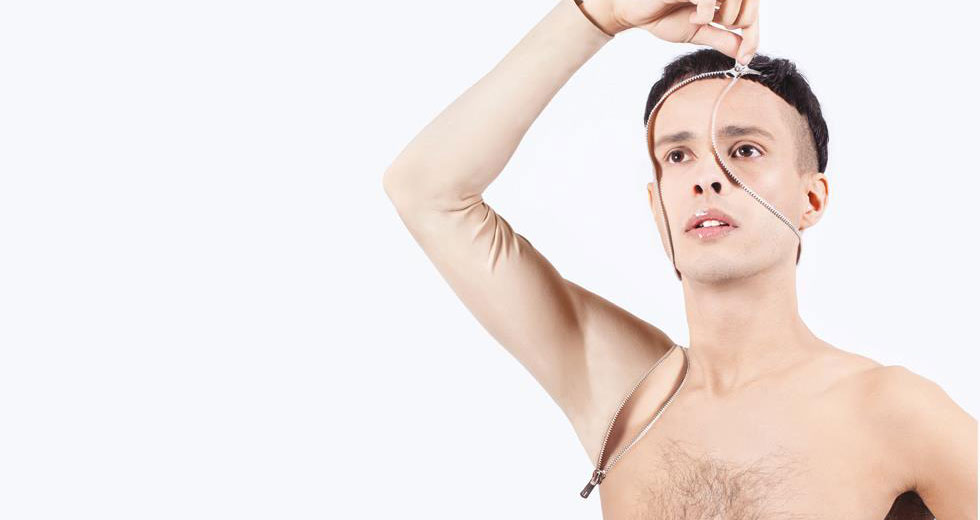Workflow: Ital on making dance music with Audacity
Daniel Martin-McCormick makes dance music as Ital. His records are lively but meticulous, warped but driving, with vocal samples that stutter and modulate as the tracks build. It shocked more than a few when Martin-McCormick revealed he had assembled his music in Audacity, the bare-bones freeware sound-editing program. Seeking out compositional limitations, it turns out, is an integral part of Ital’s process.
How did you decide to use Audacity for Ital?
I liked that I had my own system, that it was my own and no one else’s. Although difficult, it challenged my brain in interesting ways, and also I didn’t have to spend any money on gear.
How do you think the stripped-down nature of Audacity affected the way you composed?
All the changes made were destructive. This means that if you put an echo on something, it doesn’t run that audio through a software echo box, which can be tweaked at will. It actually changes the waveform so that now there are echoes in the track. The difference is that it makes it mostly impossible to tweak tracks forever and ever. Decisions have to be deliberate and toward a goal. If you want to change that echo a week later, you can’t just hit “undo.”
You said that since Dream On, your debut LP, you’ve ditched Audacity and gone all hardware?
I want my live experience to be in the recorded performance, even if you can’t technically hear it.
The decision came pretty naturally out of all the touring I was doing. I really dislike looking at screens in a live context. When I’m playing live I want to feel the room. Plus, with Dream On I think I really took the Audacity route as far as I needed to go with it. Any more hyper-editing and I think I would have lost the core house groove that got me into making tracks in the first place. I didn’t necessarily want this to be my only thesis – this alien digi-detritus electronica.
Is your live rig the basis for your recording now too?
One hundred percent. Whatever gear I’m working with is what the tracks are made out of. So right now it’s an MPC, a DX Groovebox, and some outboard gear. I’m excited about recording the entire track live directly from my mixer, getting the levels right at the start, then turning the lights down and getting into an emotional headspace. I remember an engineer friend talking about working with bands and being able to hear eye contact between the players. I want my live experience to be in the recorded performance, even if you can’t technically hear it.
A version of this article appeared in The Daily Note, a free daily newspaper distributed in New York during the 2013 Red Bull Music Academy.

